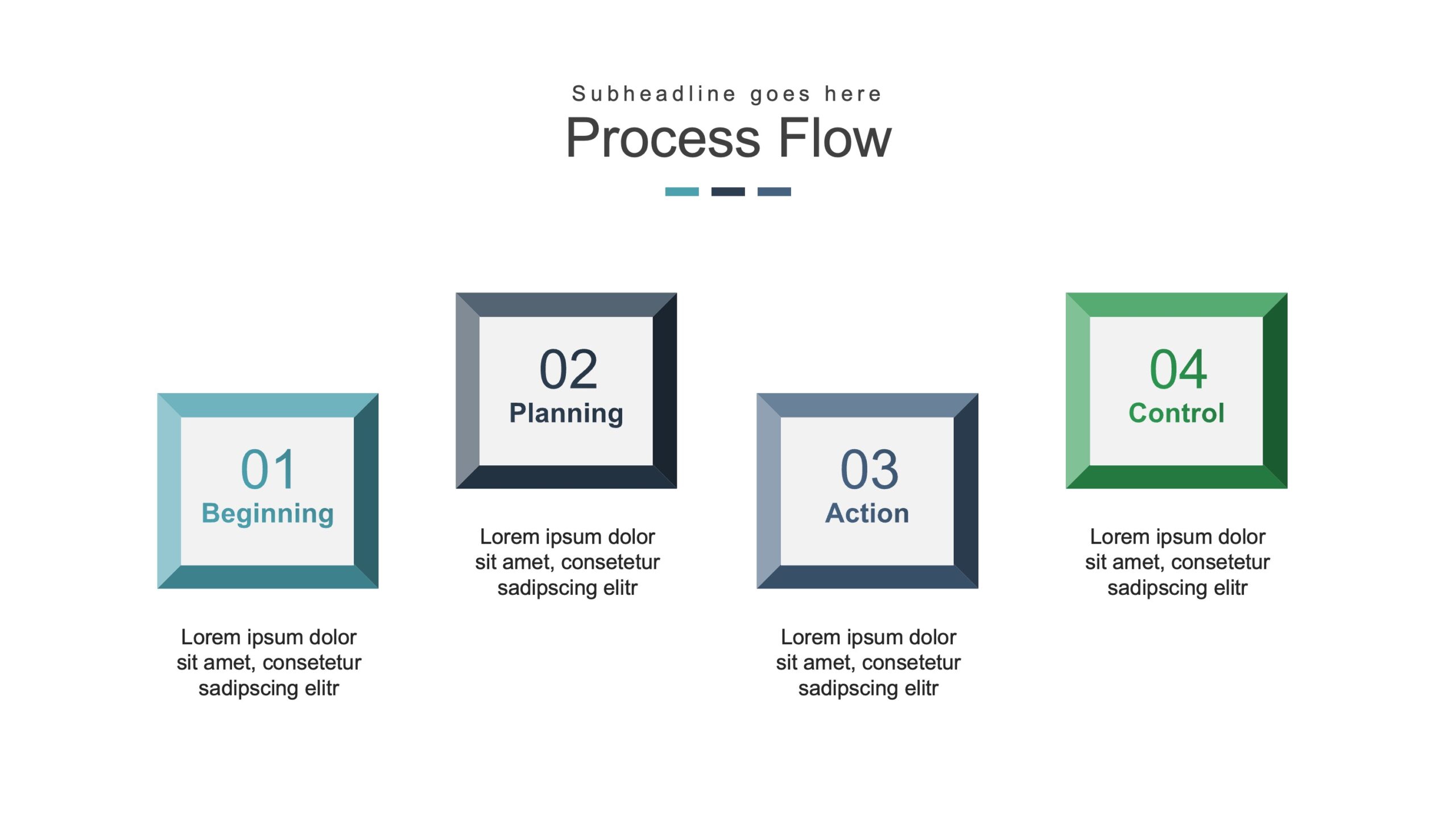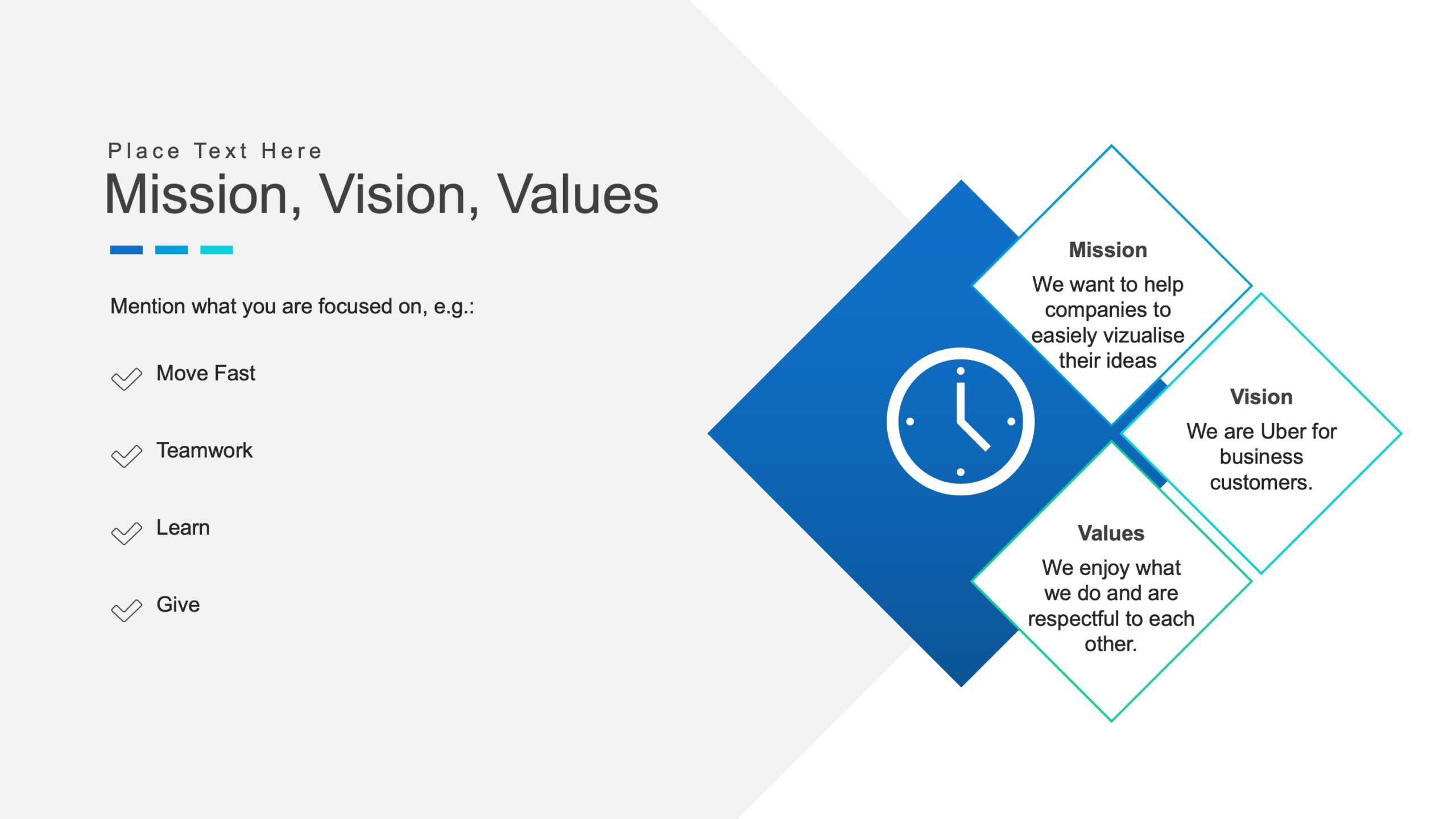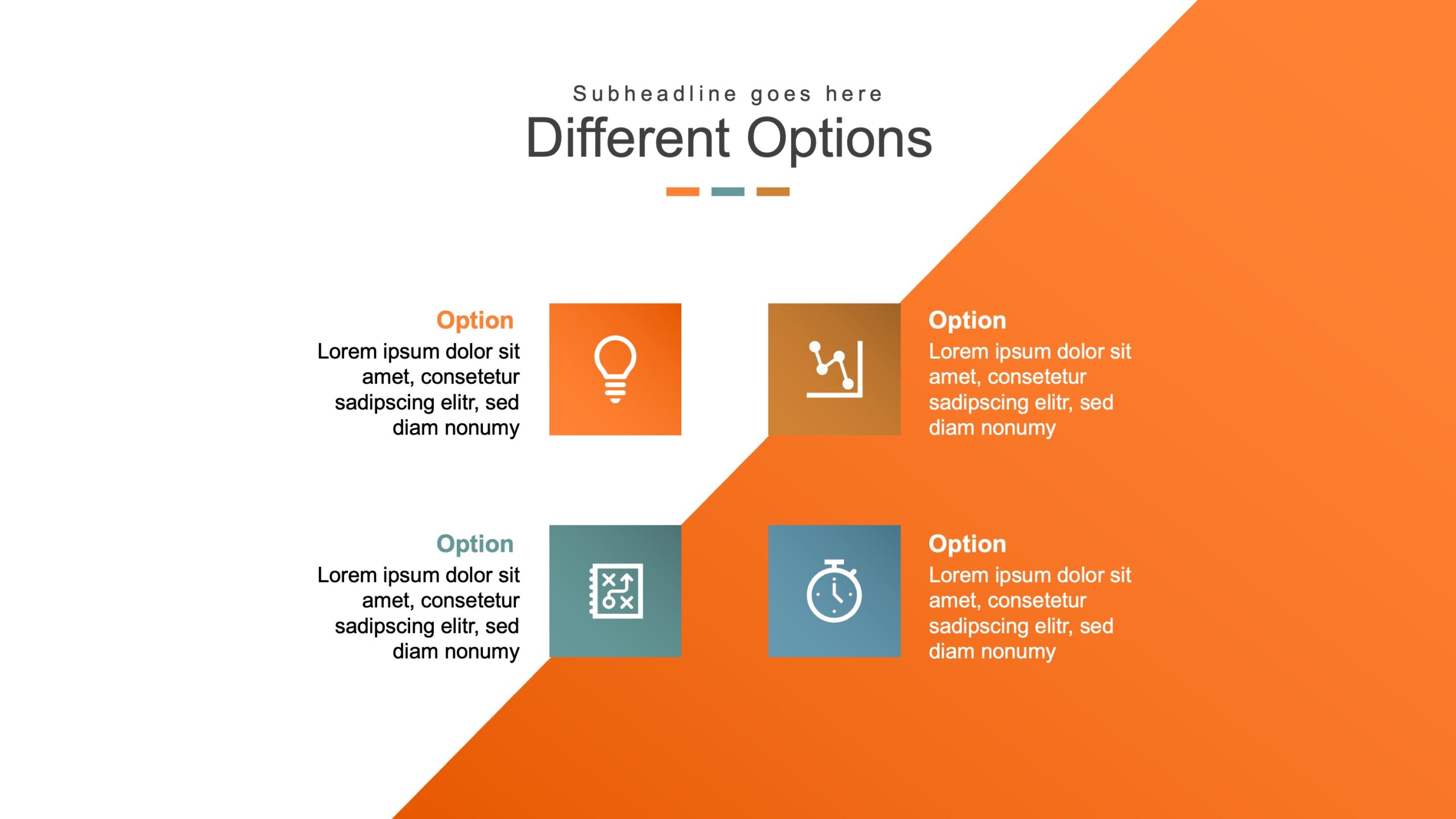Powerpoint Quadrant Template: A Guide
Table of Contents
Quadrant template on Powerpoint is good for put together and show difficult info that look nice. They can get used to different thing like when you got to make a choose, checking out markets or planning your project and other stuff.
This type of template split into four parts where each one represent different groups or notions linked to that subject matter. Every section holds they own collection of facts or thoughts which you can dive deeper into them details is often used in like business talks, group meeting and school environments.
This manual is gonna show the advantages of applying a Powerpoint quadrant template, ways to make one by yourself and offer advice for use it good in presentations. It don’t matter if you’re a business professional a student or teacher this manual assist in improving your presentation abilities thru using a quadrant template.
What is a Powerpoint Quadrant Template?

Powerpoint quadrant templates be visual representations that breaks down data or informations into four separate sections. They really good at showing complicated idea and concept so they more clear and neat-organized. These template layouts have two vertical line and two horizontal line which cut the slide up into equal parts.
Quadrant templates is handy for many things like comparing options analyzing the market trends evaluating how project move forward and other stuffs. They let presenter show lots of data points or thoughts all together so audience don’t get too much bombarded.
One of them main advantages when you’re using a quadrant template is how versatile it be. They can gets customized to suits any topics or subjects matter and they uses in many industry like marketing, finance, schooling, among others. Plus it modifies easily and updates whenever you need making them an invaluable tool for presentations that always changes.
A bonus for utilizing a quadrant template be their visual attractiveness. Using color, icons and shapes could making the info engaging and easier to remember for them people watching. It not only make the talk more intriguing but help in hold onto main ideas.
Quadrant templates helps with organization and makes clear presentations. When you divides information into for separate categories it make easy for audience to understand and remember the main ideas they is showed. It also keep presenter on path and let them give a focused presentation.
Does Your Presentation Need a Quadrant Template?
While quadrant templates are a useful tool, it is important to consider whether it is the right fit for your presentation. Before deciding to use a quadrant template, ask yourself the following questions:
Are you presenting complex data or information that can benefit from visual organization?
Do you need to compare and contrast multiple options or categories?
Are you looking to deliver a clear and concise message to your audience?
If you answered yes to any of these questions, then a quadrant template may be beneficial for your presentation.
Additionally, consider the overall tone and purpose of your presentation. Quadrant templates work best for professional and educational presentations where information needs to be presented in a logical and organized manner. They may not be suitable for more creative presentations or ones that require a more free-flowing approach.
It is also important to keep in mind the audience you will be presenting to. If they are unfamiliar with quadrant templates, it may take them some time to understand the layout and make sense of the information being presented. However, if your audience is familiar with this format, it can be a powerful tool to engage and captivate them.
Steps to Create a Powerpoint Quadrant Template
Creating a quadrant template in Powerpoint is a straightforward process. Follow these steps to create your own:
Open Powerpoint and select the Blank Presentation option: This will open a new slide where you can start creating your template.
Insert four vertical and horizontal lines: Go to the “Insert” tab and click on “Shapes.” Choose the line option and draw two vertical lines, followed by two horizontal lines to create four equal sections.
Customize the layout: Use colors, icons, shapes, or other elements to make the template visually appealing and relevant to your topic.
Add labels and headings: Each quadrant should have a clear label or heading that represents the category or idea it represents.
Insert data points or information: Use text boxes, charts, images, or other visual aids to present the data in each quadrant.
Save and use your template: Once your template is complete, save it and use it in your presentations as needed.
Modify and update as needed: Don’t be afraid to make changes or updates to your template for different presentations. This will keep the information fresh and relevant.
Practice using your template: Familiarize yourself with the layout and how to navigate it during your presentation. This will help you deliver a more seamless and polished presentation.
By following these steps, you can create a professional and effective quadrant template for your Powerpoint presentations. Remember to keep it visually appealing, organized, and relevant to your topic for maximum impact on your audience.
Benefits of Using a Powerpoint Quadrant Template

Several benefits comes when you use quadrant template for your presentation Here some main advantages:
A quadrant template helps with organizing and structuring how to present info. When we split details into four separate parts people finds it simpler to grasp the main ideas that’s shown. Using one of them templates could make you less time consuming and reduces work in putting together your display. Since the design for these templates are pre-made all someone gotta do is plug their information in and tweak it as they sees fit.
Secondly quadrant templates, it make a strong visual impact to an audience. The use of color icon and shape can turn them information into something that look good and catch the eye. This doesn’t just makes for a more interesting presentation but also assist in helping the audience remember important stuffs.
Additionally, a quadrant template makes comparing and contrasting various options or categories simple. This be really helpful in presentations when you need to display different ideas products or strategies. The template simplifies spotlighting the advantages and disadvantages of each choice in an assigned quadrant.
Finally using a quadrant template helps keeps your presentation consistent. When you use same layout for various topics them audience get used to the setup and it easier for them to understand. This can help you maintains a professional and matching brand look in your presentations.
When to Avoid Using a Powerpoint Quadrant Template
Quadrant templates is a good tool but there situations where it’s best not using them.
When you needs to make a presentation that’s got to be more on the creative or out-there side using a quadrant template might not be the smart move. Its stiff setup can get in the way of putting across your thoughts in an original and catchy manner. Plus if your subject don’t really break down into four clear parts then shoving it into a quadrant template ain’t fitting right. You push information into this kind of template that don’t go smooth with it you’ll end up making folks scratch their heads over a messy and scattered talk.
Also if audience don’t know about quadrant templates it might take them a while for understand how layout works and make sense from information they is shown. This be more tough when you show complicated data or info. In these situations maybe better to go with a usual presentation style.
Moreover templates for quadrants might not suits best for presentation that needs more casual or informal tones. Them formal and structured characteristic of quadrant templates could feels too stiff for these type presentations and using a relaxed approach could be better in them situations.
Plus, in some cases, using a quadrant template may be unnecessary. If the information you are presenting is simple and can be effectively communicated without the use of a quadrant template, then it may be best to stick with a more basic presentation format.
Do’s and Don’ts for Using a Powerpoint Quadrant Template
 To ensure that your quadrant template is used effectively in your presentations, here are some do’s and don’ts to keep in mind:
To ensure that your quadrant template is used effectively in your presentations, here are some do’s and don’ts to keep in mind:
Do:
Customize the template to fit your specific topic or data.
Use colors, icons, and other visual elements to make the information visually appealing.
Keep the layout consistent throughout your presentation.
Practice using the template before presenting to ensure a smooth and professional delivery.
Don’t:
Overcrowd each quadrant with too much information, as this can make it difficult for the audience to follow along.
Use too many different colors or elements that may distract from the main points being presented.
Use a quadrant template if it doesn’t suit your topic or presentation style.
Rely solely on the template and neglect adding any additional visual aids or graphics to enhance the information being presented.
By following these do’s and don’ts, you can effectively use a quadrant template in your presentations and maximize its impact on your audience. Remember that the template should support and enhance your presentation, not overshadow it.
Is a Powerpoint Quadrant Template Right for You?
The decision to use a quadrant template in your presentations ultimately depends on the specific needs and goals of your presentation. It’s important to consider factors such as your topic, audience, and overall presentation style before deciding whether a quadrant template is the right fit.
If you are presenting complex data or information that can benefit from being organized into four distinct categories, then a quadrant template may be an effective tool to use. It can also be useful for showcasing different options or ideas that require comparison and contrast.
However, if your topic is more creative or abstract in nature, or if your audience is not familiar with quadrant templates, it may be best to stick with a more traditional presentation format. It’s also important to consider your personal presentation style and whether the structured layout of a quadrant template aligns with it.
Ultimately, the key is to use a quadrant template purposefully and effectively in order to enhance the overall delivery of your presentation. By considering all these factors and carefully deciding when to use or avoid a quadrant template, you can create impactful and engaging presentations that effectively convey your message to your audience.
Can a Powerpoint Quadrant Template Make Your Presentations Stand Out?
Quadrant templates can make you’re presentations look better and more tidy, but it don’t mean your presentation will definitely shine. Keep in mind that what’s most important is the content and how you present it; these is what really hold an audience interest.
Just throwing a quadrant template onto your presentation without really thinking about the detail you’re putting in can lead to an unimpressive display. Plus if the people watching have seen a lot of these before it might not hit them as hard as it would with someone who ain’t used to that kind of setup.
It be important that you uses a quadrant template in strategic and purposeful ways. It need to enhance and support what’s in your presentation, it shouldn’t be the star of the show. Make sure to use visual elements like color, icons and graphic for making the details more enjoyable and easy to remember.
Moreover, it’s important to practice and familiarize yourself with the template before presenting in order to deliver a smooth and confident presentation. This can also help you identify any potential issues or improvements that can make your presentation even more impactful.
FAQs
Where can I download free quadrant PowerPoint templates for my business models presentation?
Free quadrant PowerPoint templates, ideal for showcasing business models and various analyses such as SWOT, can be downloaded from a variety of online resources that specialize in presentation templates. These platforms offer a range of quadrant PowerPoint and Google Slides templates to suit professional presentations. Simply search for “free quadrant PowerPoint templates” on these sites, and you should find numerous options that can be downloaded and customized according to your needs.
Are quadrant PowerPoint templates compatible with Google Slides for professional presentations?
Yes, many quadrant PowerPoint templates are designed to be compatible with Google Slides, making it easy to use them for professional presentations across both platforms. When downloading a quadrant PowerPoint template, look for information or options that indicate compatibility with Google Slides. This ensures that you can seamlessly import and use the templates in Google Slides without losing any formatting or functionality.
How can quadrant presentation templates enhance the delivery of a SWOT analysis?
Quadrant presentation templates are specifically designed to visually organize information into four distinct sections, making them perfect for delivering a SWOT analysis (Strengths, Weaknesses, Opportunities, Threats) in a clear and impactful way. By using a quadrant diagram, you can effectively categorize and present the analysis, helping your audience quickly grasp the key points and insights of your business strategy.
What makes quadrant PowerPoint templates a preferred choice for presenting complex diagrams in business presentations?
Quadrant PowerPoint templates offer a structured layout that helps in simplifying and presenting complex diagrams, such as those used in business presentations, in an easily understandable format. Their design allows for a clear division of concepts, facilitating better comprehension among the audience. Additionally, these templates often come with professional designs and the flexibility to customize, enabling presenters to tailor their diagrams to fit the specific needs and aesthetics of their presentation, enhancing its overall impact.
Conclusion
In conclusion, quadrant templates can be a useful tool in making your presentations more visually appealing and organized. However, they are not always the best fit for every presentation. It’s important to consider all factors before deciding whether to use a quadrant template or stick with a more traditional format.
Remember to use the do’s and don’ts discussed in this document and to focus on the content and delivery of your presentation to truly make an impact on your audience. With careful consideration and practice, quadrant templates can be a valuable asset in creating engaging and memorable presentations. So, always use them wisely!
Related Blogs
Get 7+ Mio. PowerPoint Assets - FREE SIGN-UP

Sign up for free to our PowerPoint extension, ExpertSlides. Everything you need, directly in PowerPoint. No credit card required.
Related Posts
Recent Posts
- How Do You End a Presentation – Mastering the Last Impression
- Good Color Combinations for Presentations – The Science of Color
- Interesting Ideas for PowerPoint Presentation – Captivate Your Audience
- History Presentation Template – Step Back in Time
- Canvas Presentation Template – Unleash Your Creativity
